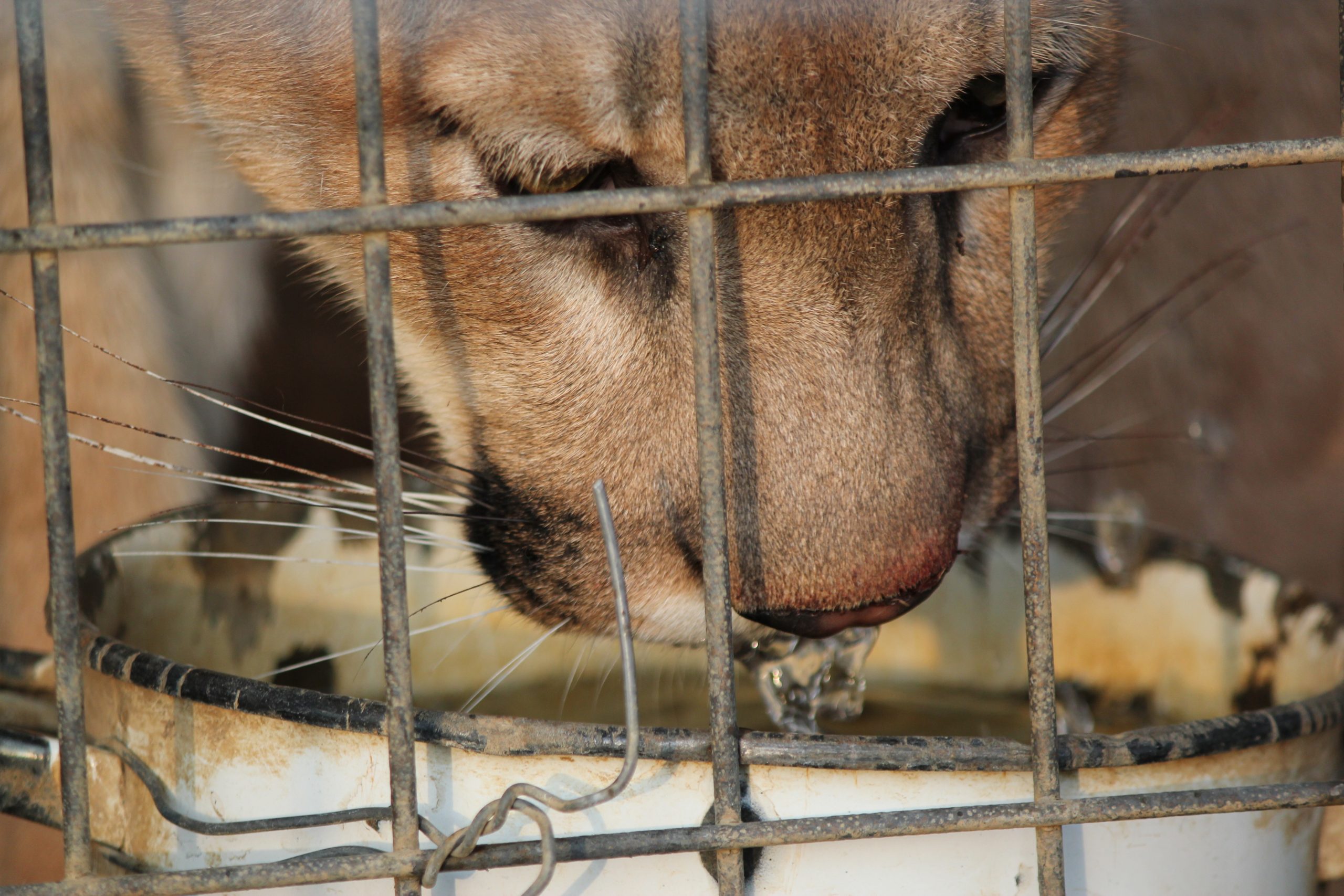Il traffico illegale di animali selvatici è un problema ampiamente denunciato dalle associazioni di tutela ambientale come la LAV e il WWF. E’ proprio il WWF, ad esempio, a sottolineare che si tratta di uno dei business illegali più redditizi al mondo, preceduto soltanto dal traffico di droga e di armi.
Sono almeno due i motivi per cui è necessario intervenire per fermare questi traffici: non permettere i maltrattamenti dei quali sono vittime gli animali ed eliminare una delle principali cause di perdita di biodiversità nel mondo.
Gli animali vengono infatti trasportati in condizioni precarie e dannose per la loro salute. Ammassati e malnutriti, percorrono lunghe distanze senza aver accesso ad aria, acqua e cibo con la conseguenza che per la maggior parte di loro le possibilità di sopravvivenza sono molto basse. La Lav ha stimato che se ne salvi solo il 10%.
Inoltre, tra i pochi sopravvissuti, si verifica un’alta mortalità entro un anno dall’arrivo a destinazione; mortalità dovuta perlopiù al difficile adattamento alla nuova condizione di cattività: gli animali che concludono il viaggio arrivano infatti molto stressati e con il sistema immunitario compromesso.
Non bisogna nemmeno sottovalutare l’impatto ambientale di questi traffici: quando milioni di esemplari di specie animali rare vengono prelevati dal loro ambiente per essere venduti clandestinamente, viene alimentato il problema dell’equilibrio degli ecosistemi della terra.
Tuttavia le responsabilità non sono solo dei trafficanti. Gli animali vengono strappati alle loro realtà per diventare animali domestici o da esposizione in circhi e parchi o ancora materia prima per la produzione di manufatti e articoli abbigliamento. E’ il caso di pelli, pellicce, lane e peli di varie specie di mammiferi e rettili che vengono impiegati per confezionare capi di vestiario, scarpe, scialli, portafogli, ciondoli, tappeti e trofei.
Per ciascuno di questi motivi gli essere umani possono fare qualcosa. Desiderare un animale selvatico come animale da compagnia è un gesto egoista, osservare un leone che ruggisce al suo domatore non è divertente, acquistare un ciondolo in avorio o scaldarsi con una pelliccia non è necessario.
FONTI: WIKIPEDIA, WWF, LAV
ILLEGAL TRAFFICKING OF WILD ANIMALS, A PROBLEM TO BE SOLVED
The illegal trade in wild animals is a problem widely denounced by environmental protection associations such as LAV and WWF. It is the latter to point out that it is one of the most profitable illegal businesses in the world, preceded only by drug and arms trafficking.
It’s necessary to stop these crimes for two simple reasons: not to allow the mistreatment to which these animals are subjected and to eliminate one of the main causes of biodiversity loss in the world.
Animals are transported in precarious conditions which are harmful to their health. Crammed and malnourished, they travel long distances without access to air, water and food, with the result that for most of them the chances of survival are very low. LAV indeed estimates that only 10% of them are safe.
Furthermore, among the few survivors, there is a high mortality within one year of their arrival due to the difficult adaptation to the new captivity condition. Moreover the animals arrive at their destination very stressed and with the compromised immune system.
In addition, we must not underestimate the environmental impact of these trafficking: when millions of rare animal species are taken from their environment to be sold illegally, the problem of the balance of the earth’s ecosystems is fuelled.
We all have responsibilities in this regard. The animals are torn from their reality to become pets, animals for show for circuses and parks, but also used in the production of manufactured goods and clothing. This is the case with skins, furs, wools and hairs of various species of mammals and reptiles that are used to make articles of clothing, shoes, shawls, wallets, pendants, carpets and trophies.
For each of these reasons, humans can do something. Desiring a wild animal as a pet is a selfish gesture, watching a lion roar at its tamer is not fun, buying an ivory pendant or warming up with a fur is not necessary.
SOURCES: WIKIPEDIA, WWF, LAV
Alice Rizzi, 3AC
